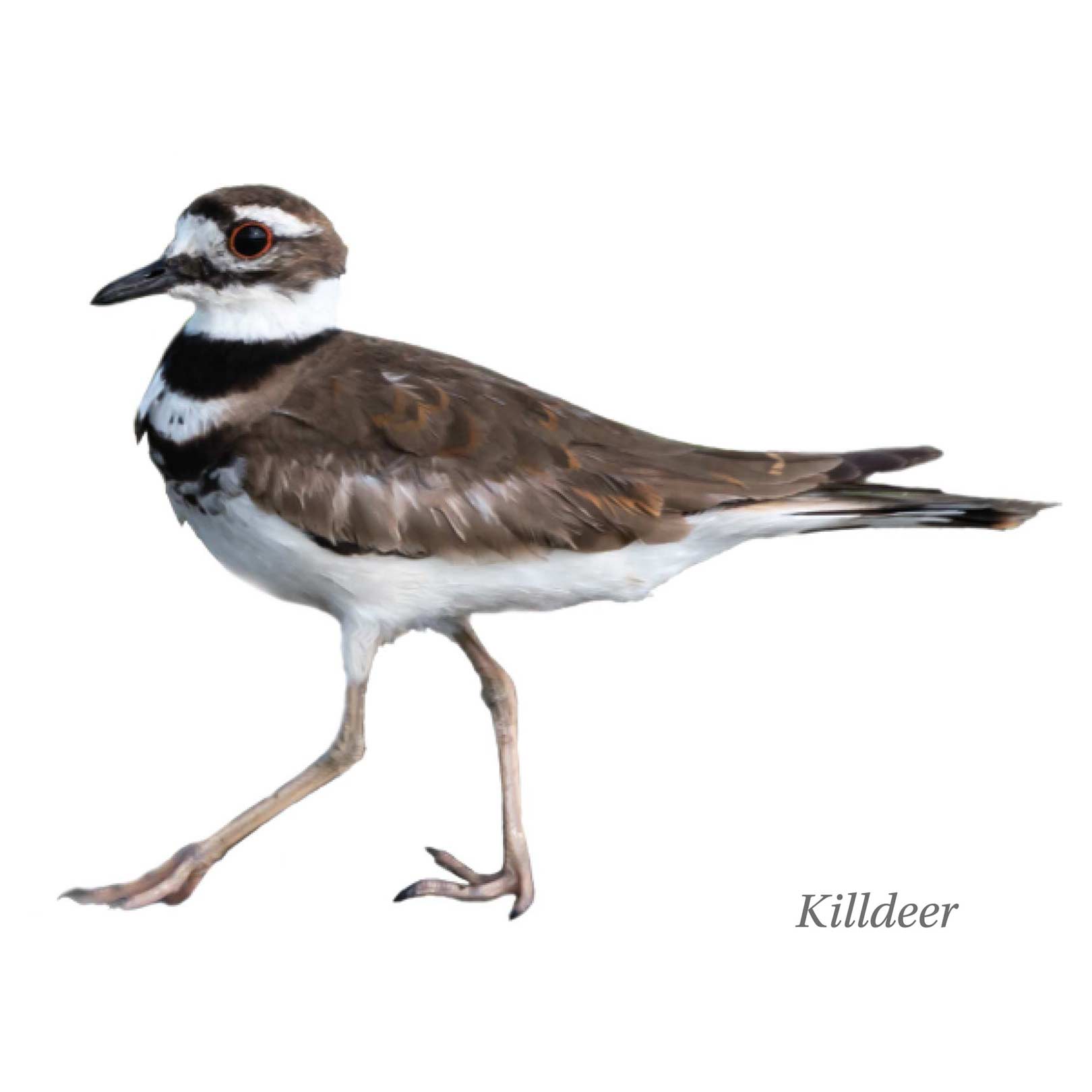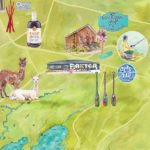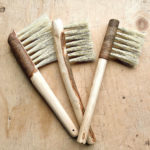
There was a job to be done. I was sent for the old butcher knife. My brother ran for the square-mouthed spade and a rake. Dad emerged from the shed with a six-quart wooden basket, and we headed toward the back field.
Dad had been out cultivating, but he’d returned on foot. On a farm there are only two reasons a farmer returns without his tractor: it is either out of fuel or it is stuck. But this wasn’t the case. We followed Dad to the top of the knoll where our B-250 International and the cultivator sat waiting.
In front of the tractor we were greeted by a screaming killdeer, which ran at us with wings flared and then suddenly hobbled off with an outstretched wing. “She’s leading us away from her nest by pretending to have a broken wing,” Dad explained. Her display was convincing and we followed her. When we returned to the tractor, she flew back beside us and began her crippled wing routine again. And there we found the nest she was protecting.
It was merely a depression in the untilled soil with a few pieces of straw in the bottom. Four brown and beige mottled eggs were carefully tucked into the nest. Dad took the butcher knife, buried it to the hilt and carefully cut out a rectangle, slightly smaller than our six-quart basket, around the nest. He then dug down at one end of the rectangle with the spade, and using the butcher knife, he cut the bottom of the scored soil. Dad broke off the handle of the basket and then we gently slid the soil and nest into the basket. By this time our efforts were being carried out under the protestations of two killdeers. The ruckus caused by the female had attracted her mate, and they then gave us a full salvo of killdeer hostility.
Dad told us to remember the exact location of the nest so we could put it back in the same place and he fired up the tractor and continued cultivating for about 30 yards. We then buried the basket in the fallow dirt, complete with the nest, and gently raked the dirt evenly around it, concealing the rim. Dad raked away all our footprints, pointing out that predators would notice any unusual disturbance. He explained that the reason you don’t just go around the nests with the tractor is that foxes, coyotes, raccoons and hawks notice change in their territories, and a strip of undisturbed soil would draw them like a magnet. A killdeer’s nest is virtually invisible on fallow ground, and when surrounded by fresh tilled dirt, her eggs would be safe. Sure enough, two weeks later four little greyish-brown puffs were running around on two spindly legs!
While we knew it was against the Migratory Bird Act to disturb, move or take any eggs from a wild bird’s nest, in our minds ensuring the killdeer family’s survival took precedence. Over the years, we moved several killdeer nests in a similar fashion if their location interfered with Dad’s farming.
Years back, a killdeer nested on a laneway of a neighbouring farm. Each morning as the cows made their way to the barn, the killdeer stood over her nest screaming with her wings outstretched in defiance. The herd would split and go around her and the nest. Now a bird like that is worth saving.
Killdeers are classified as shorebirds and belong to the plover family although unlike other plovers, killdeers often stray far from the water. They are named after their shrill cry: “kill–deeah, kill–deeah”.
Story by:
Roger Thomas




